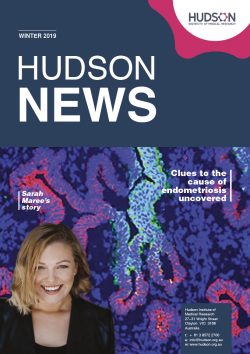Newborn babies will remain connected to their mother via the umbilical cord until their breathing stabilises, as part of a Melbourne trial aimed at helping clinicians determine the safest time to cut the cord.
More than five per cent of babies born worldwide need help breathing immediately after birth and 800,000 die due to breathing problems.
Researchers want to determine whether a simple change in the timing of umbilical cord clamping could improve outcomes for these babies.
The trial is based on a feasibility study led by researchers from Hudson Institute, Monash University and the Royal Women’s Hospital.
The study, called Baby Directed Umbilical Cord Clamping (Baby DUCC), published in the journal Resuscitation found that newborns with breathing difficulties after birth could be safely helped by medical staff while remaining connected to their mother via the umbilical cord.
In these babies, their oxygen level and heart rate were more stable, and the dangerous drop in heart rate often observed following clamping cord was avoided.
The clinical trial will take place at Monash Health and the Royal Women’s Hospital and involve around 1000 newborn babies born after 32 weeks.
Clinicians will use a baby’s vital signs as the deciding factor on when to cut the umbilical cord, rather than relying on a set time.
Hudson Institute and Monash University PhD student Dr Douglas Blank said the technique harnessed the natural power of the mother and placenta.
“This study may change the way clinicians help all newborns to breathe after birth, with no need for new equipment, just a change in timing. If successful, this technique could be used in virtually any setting.”
A larger trial is underway to determine whether the technique can also be used to reduce death and brain damage resulting from birth asphyxia, which can occur when a newborn is deprived of oxygen during the birth process.
Collaborators: Monash University; Royal Women’s Hospital; The University of Melbourne
FACTS
- More than five per cent of newborns born worldwide need help breathing immediately after birth.
- Worldwide, more than 800,000 newborns die annually because they do not breathe well after birth.
- The majority of newborns that die are born in developing countries, but are born at full-term and are otherwise completely healthy.
- Birth asphyxia is a result of a newborn being deprived of oxygen for long enough during the birth process to cause physical harm, usually to the brain.
- Babies with mild or moderate birth asphyxia may recover fully. Babies who have long periods of asphyxia may develop permanent injury, which could affect their brain, heart, lungs, kidneys or other organs.

